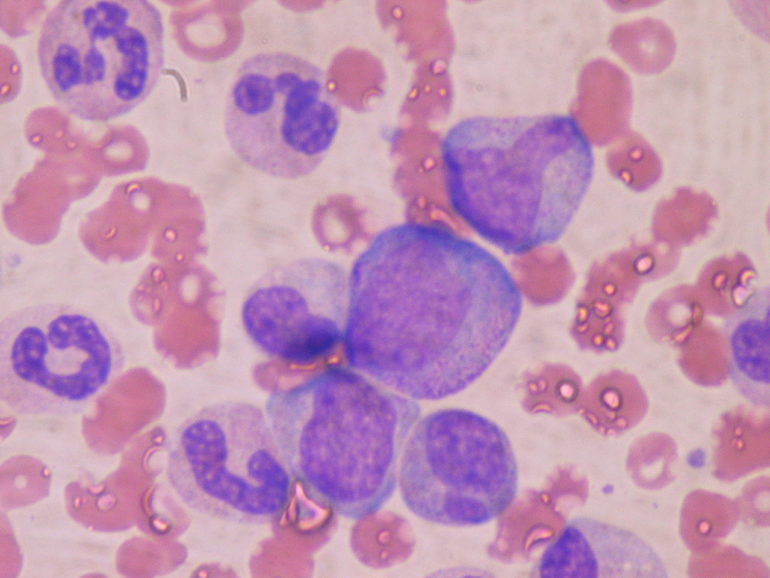A team of researchers from the Albert Einstein College of Medicine and the University of North Carolina at Chapel Hill has discovered that nociceptive nerves found in bone marrow help to regulate hematopoietic stem cell mobilization. In their paper published in the journal Nature, the group describes their work, in which they attempted to learn more about nociceptive nerves found in bone marrow. Anastasia Tikhonova and Iannis Aifantis with the University Health Network, Toronto and New York University’s Grossman School of Medicine, respectively, have published a News and Views piece on the work done by the researchers in the same journal issue.
As Tikhonova and Aifantis note, hematopoietic stem cells (HSCs) originate in bone marrow—they grow into blood and immune cells, which make their way into the bloodstream via a process called hematopoiesis. Prior to mobilization, HSCs reside in special niches inside of bone marrow—they only mobilize when needed. In people being treated for leukemia and other blood cancers, HSCs are collected from the bone marrow using special drugs and stored for the duration of chemotherapy. Then the HSCs are replaced so that they can replenish the immune cells that were lost. Unfortunately, in some people, collecting HSCs can be problematic because the HSCs refuse to be enticed out of their niches. In this new effort, the researchers were studying nociceptive nerves in bone marrow hoping to learn why they exist in bone marrow—in other parts of the body, such as the skin, they play a role in pain sensation. The researchers found that they play a role in hematopoietic stem cell mobilization.
As part of their work, the researchers were using immunofluorescent imaging to study nerve cells in the bone marrow of mice, and discovered that most of them were nociceptive nerves. That led them to wonder if these nerves played a role in hematopoietic stem cell mobilization. To find out if that might be the case, they used drugs and genetic engineering to disable them in two ways. They found that doing so had no impact on the maintenance of HSCs, but it did result in dramatically reduced hematopoietic stem cell mobilization. The researchers then tried giving the mice drugs that increased production of the neurotransmitters associated with nociceptive nerves and found that doing so increased hematopoietic stem cell mobilization, as well. Intrigued, they also gave the mice capsaicin, a component in chili pepper, and found that it also increased hematopoietic stem cell mobilization.
Super-potent blood stem cells discovered in human embryos
More information:
Xin Gao et al. Nociceptive nerves regulate haematopoietic stem cell mobilization, Nature (2020). DOI: 10.1038/s41586-020-03057-y
Anastasia N. Tikhonova et al. Pain-sensing neurons mobilize blood stem cells from bone marrow, Nature (2020). DOI: 10.1038/d41586-020-03577-7
2020 Science X Network
Citation:
Nociceptive nerves found to help regulate hematopoietic stem cell mobilization (2020, December 24)
retrieved 24 December 2020
from https://medicalxpress.com/news/2020-12-nociceptive-nerves-hematopoietic-stem-cell.html
This document is subject to copyright. Apart from any fair dealing for the purpose of private study or research, no
part may be reproduced without the written permission. The content is provided for information purposes only.
